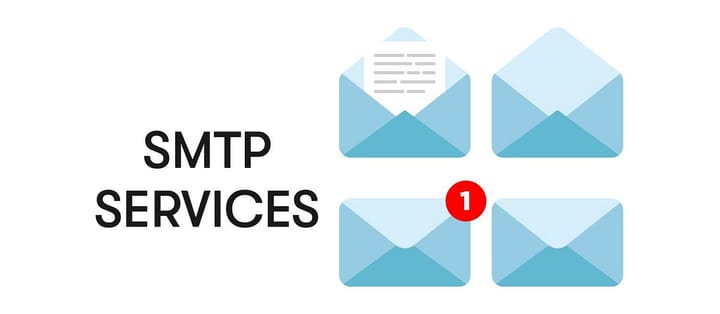
Top 20 Best Paid SMTP Relay Service Providers - Updated 2025
Simple Mail Transfer Protocol, or SMTP, is an industry standard for sending emails. It uses appropriate authentication tools to ensure that emails are delivered to the right inboxes on time. However, the quality of your SMTP service ultimately depends on the software service provider.






